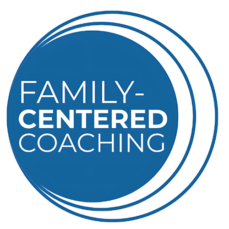People often set goals based on the results they way to see. For example, someone might set a goal to purchase a car, go back to school, or get a new job. But while it is important to think through the results, it doesn’t guarantee success. Having a goal is not what separates people who succeed at their goals from people who don’t.
People who succeed have a system they use to work towards their goals. For example, say a professional basketball team sets a goal to win the championship. Almost every basketball team’s goal is to win the championship. But only one team will win, and the others will lose despite having the same goal. A basketball team’s system might include how they recruit players, what they focus on in practice, and how they learn from their wins and losses.
There’s one more piece of this puzzle–the mindset or beliefs we bring to our goals and systems. A team who wins the championship probably has a growth mindset that helps them not get discouraged when they lose a game or get behind.
The road to achieving goals is rarely a direct one. Even when we reach goals, we sometimes realize that they weren’t what we expected, We might find ourselves needing to try a different path or even start over with a new goal. But the experience setting, practicing, and achieving one goal will support us in all our future goals.
Coaches bring this growth mindset to goal practice to support participants while they hone their systems. As you begin to work with participants, they will identify a step, or series of steps, that they need to take to progress and achieve their intended result.
- Encourage the participant to break the larger step down into smaller steps and decide which of the steps can be completed between meetings and which ones may need more time.
- Encourage the participant to start with a small step that can be achieved in a short time frame, such as one week.
- Build on the success with the small step to identify another small step toward the larger goal. This helps build momentum and persistence toward their goal.
- Work with the participant to think about any potential obstacles that they may encounter at each step. Your role as a coach is to provide support and to make sure that the participant has the resources and support they need for each step. You can also develop a plan to address the anticipated obstacle.
- Ask powerful questions that evoke solutions from the participant–and allow the participant time to reflect and gain greater insight on what is possible.
- Provide a safe place for participants to think out-of-the-box and brainstorm new approaches.
- Together, map out a timeline for achieving each of the steps in the plan. Encourage the participant to come up with as many strategies as possible and then assess, for themselves, which strategy, or combination of strategies, may work best. Work toward narrowing the options, then ask the participant to decide which strategy to pursue.
The Prosperity Agenda provides these resources as the designated national administrator of Family-Centered Coaching.

